Junkyard Find: 1994 Audi 100 Station Wagon

We examined part of the endgame of the Audi 5000 debacle in the United States with a junked 1990 Audi 100 Quattro sedan in Denver. Having banished the toxic Audi 5000 name, Audi called these cars Audi 100s until everyone was thoroughly confused, then renamed it the A6, which they still use today.
Here’s a sort of unusual example I saw at a Denver yard a month ago: the final year of the Audi 100 name in the United States, and it’s a wagon.
234,126 miles! Pretty impressive, I’d say.
We can assume that approximately 228,000 of those miles were clocked by a meticulous first owner, who took care of every single maintenance item as it became due and fixed small problems as they arose. Then the person who applied this tasteful decal took ownership, and within a year the car was here.
Delmarva Public Radio is in Maryland, as are the breweries and coffee shop represented by these stickers, so we might guess that the car’s final owner bought it in Maryland and then moved to Denver (where cannabis is legal and so cheap that you can find it in junked Suzuki Swifts).
From there, it didn’t take long before something on the Audi broke that cost more to fix than a few boxes of Snoop Dogg’s Peanut Butter Gems, and that was that.
The prices you get for scrap cars have crashed (down to $20-$50 a ton in most parts of the United States), and so the next stop was my local self-serve wrecking yard, which will sell few parts from this oddball machine.

Murilee Martin is the pen name of Phil Greden, a writer who has lived in Minnesota, California, Georgia and (now) Colorado. He has toiled at copywriting, technical writing, junkmail writing, fiction writing and now automotive writing. He has owned many terrible vehicles and some good ones. He spends a great deal of time in self-service junkyards. These days, he writes for publications including Autoweek, Autoblog, Hagerty, The Truth About Cars and Capital One.
More by Murilee Martin
Latest Car Reviews
Read moreLatest Product Reviews
Read moreRecent Comments
- ToolGuy TG grows weary of purchasing gasoline. I don't care so much how or why, I am just tired of it. I still buy petroleum products, not 'boycotting oil,' but backing away from gasoline where I can. Sample size = 1.
- Probert Maybe it's not too late for the Dodge Neon I've always dreamed of!!! To the keyboard Robin!
- Akear The malibu still outsells all GM EVs combinedMalibu -150,000GM EV's - 75,000Maybe this represents how execrable GM EVs really are. Barra should have resigned years ago,
- Fred Short term bean counters give up the market and long term players gain shares.
- KOKing I thought they quit making it 3yrs ago so... no?



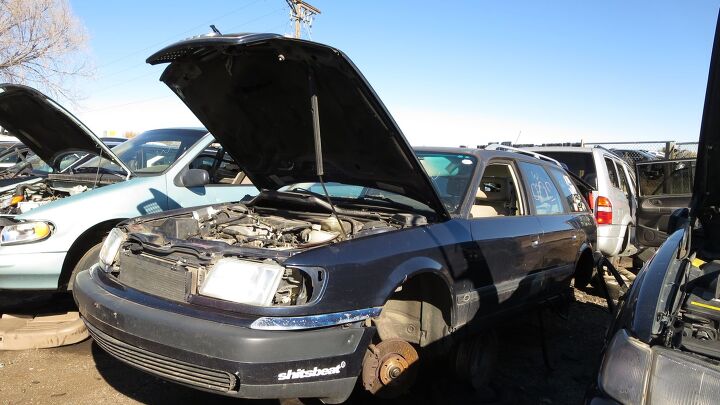



























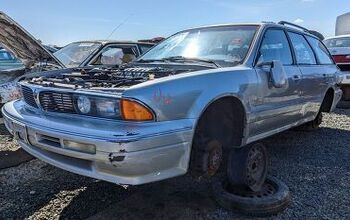

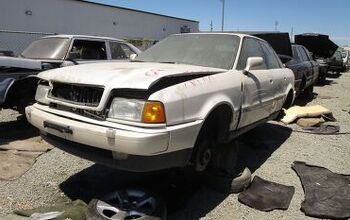
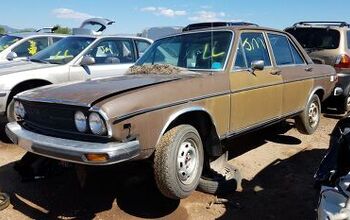
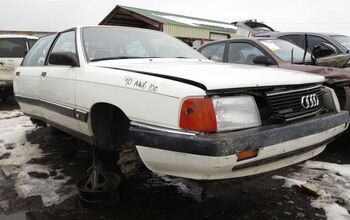













Comments
Join the conversation
Sad end to a nice wagon, even if it's got pretty basic specs. Rear facing third rows always make me smile, and the bench and hardware are actually still worth a chunk of change to the right buyer. I'm really curious as to how they killed a 2.late though. There's nothing too fragile on that thing other than electronics, and in such a basic model, not too much to go wrong.
I owned one of these. The platform is actually fairly reliable, particularly by the standards of that era VW product. If you DIY you can keep one running for small dollars. Keeping them perfect will cost you a mint. The drive train and body are solid. Electrics are a bit more iffy, about par for the era. Climate control is reliable but complex, so all fixes are expensive and/or annoying. I liked the styling and Quattro enough to hunt down an S6 Wagon. Drove it for five years. Built the engine. Now it's for sale. These are really great cars, just not cheap to keep. The stuff that breaks generally won't leave you stranded.